Copyright 2020 - 2021 irantour.tours all right reserved
Designed by Behsazanhost
Yazd in brief
Yazd in brief
Yazd is one of the vastest desert land cities in Iran and is mainly known as the driest city in the country. This legendary city is located in the center of the Iranian plateau at an altitude of 1200 m above sea level and is famous as the bride of the desert. Hot days most of the year with drylands and proximity to the central desert of Iran - low rainfall and severe evaporation, as well as huge daily fluctuations in temperature have created difficult living conditions for the residents of this region. These difficult living conditions have led to the flourishing of genius and creativity of the people of the region, and they have used various methods to deal with these difficult conditions over the years.
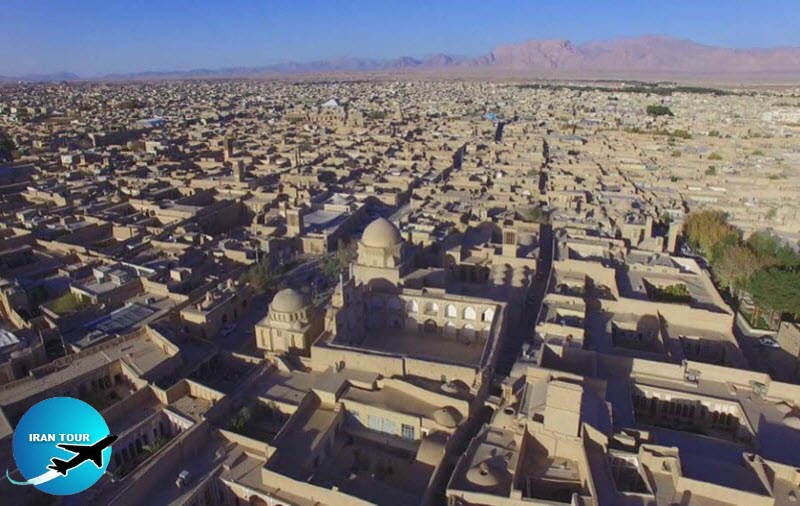 |
The most important methods of these people can mention in underground tunnels - different pottery techniques - water collection methods and also the architectural masterpiece of Qanat Desert. In 2017, the historic city of Yazd is recognized as a historic urban landscape on the UNESCO World Heritage List. The Intelligently use of various architectural elements such as windcatchers, sabbats, water reservoirs, Mud-brick architecture, and mud domes in different parts of the city has made it one of the most beautiful and pleasant desert cities in Iran.
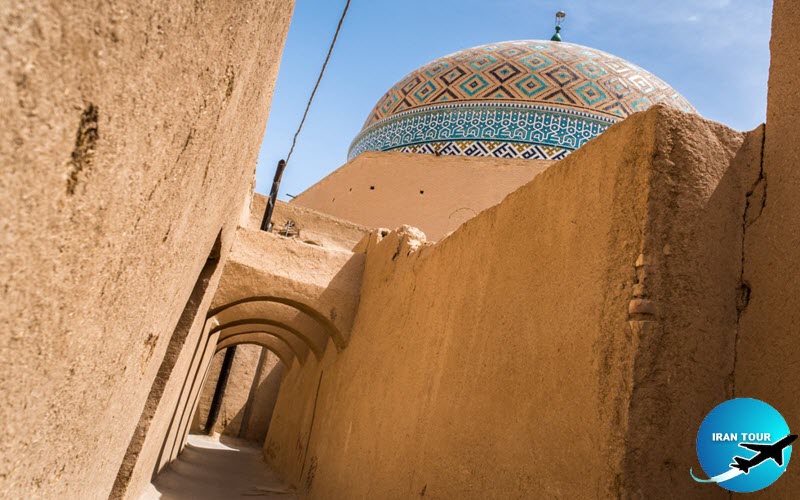 |
-Yazd Historic Urban Landscape
These various architectural factors have created and promoted a special cultural and urban structure over the years. It has also led to a show of various creations and innovations in the urban-social and cultural fields, which has made this city one of the most important historical cities in the world. Architectural innovations made in Yazd are noteworthy for the blending of Persian cultural elements over many centuries. Today, the Historic Urban Landscape of Yazd is surrounded by an industrial city, whose inhabitants try to do the best to keep their culture and deep history. This valuable city was inscribed on the UNESCO World Heritage List as the first Iranian historic city in July 2017, adopted by the World Heritage Committee at its 41st session.
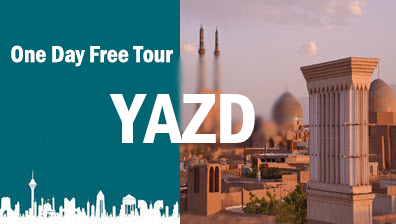 |
The central World Heritage area of the historical city of Yazd has an area of 195 hectares, which includes all the historical neighborhoods: the Zoroastrian neighborhood, the Dolat-Abad Garden, and the central core of the historical city, such as the Al- Mozafar, the Timurid, the Safavid, and the old Mosque, the Bazaar and the Zand areas, and the district of Pir and its Tower. The buffer zone of the World Heritage site has an area of 650 hectares, which includes the city of Qajar, parts of the early urban development areas of Pahlavi, and some adjacent areas of its influence. The historic city of Yazd contains two other World Heritage sites: the Persian Garden and the Persian Qanât. The Persian Qanât World Heritage site has two of its eleven longest Qanâts in the world in Yazd, Zarcheh, and Hassan Abad-e Moshir, with a length of more than 80 kilometers and an ancient history. The Persian Garden World Heritage site has one of its nine gardens in Yazd, the Dolat-Abad Garden, which was built around 1750 and is a Bâdgir 33 meters high.
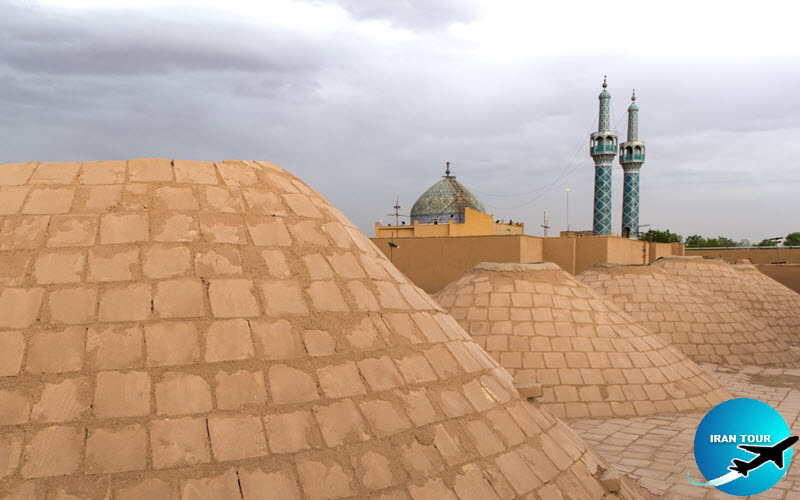 |
Yazd
Yazd is one of the historical cities known for its mud-brick houses. The world-famous city of Yazd with an area of 2491km is the provincial capital, consisting of two districts: Center and Zarch. Yazd consists of the towns of Yazd, Hamidia, Shahediye, Zarch, and the villages of Fajr, Fahraj, Elah Abad, and Mohammad Abad. It has a population of 523192, of which 481479 of them take residence in the urban areas and 41713 occupy in the rural areas.
The Geographical Relief
The desert of Kavir-e Rig-e Zarrin is the lowest part, nestled in the east of Yazd in the vicinity of Aqda with a height of 666 meters and the highest part is the Shirkouh mountains in Taft with a height of 4075meters, stretching from the northeast to the southeast, they are 46km away from the city of Yazd and play a significant role in keeping the weather in balance. The highest peaks, 1525m -high Mount Lorg and 3320m-high Mount Saeedi, magnificently dominate the ranges.
In the central part of Yazd, the chains of Kharanaq mounts stretch across the desert. Their highest peak, 3158m-high Mount Khounza, stands still, overlooking the vast plain. Over 2000m-high mounts like Chak-Chak, Ashtrai, and Hamane overlook the desert, too. Some other known mounts like Hedesh, Siah Kouh, Mea'raji. Saghand. Herat- Marvast, Nodoushan, Bon Lakht, and Boustan dot the desert, offering panoramic vistas.
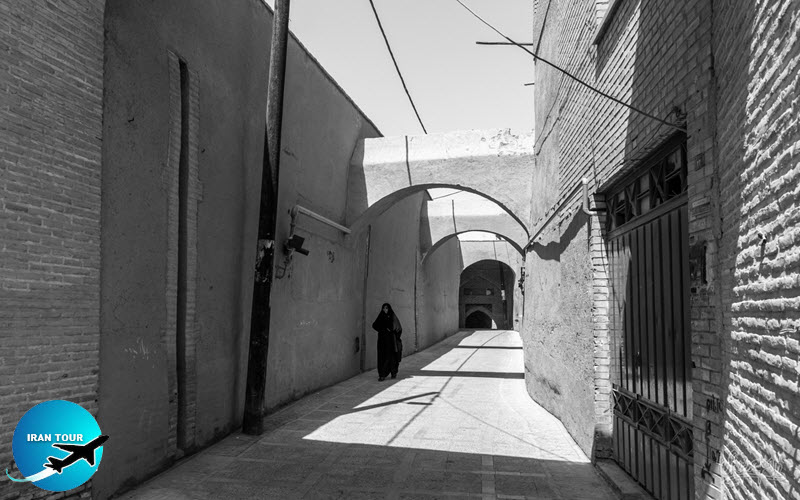 |
Historical Background
The famous sporadic historical remains of Yazd evoke the opulent lifestyle of its former residents, recounting a long history full of charms. The stone tools obtained from the Shirkouh valleys, rock paintings in Ernan, the pieces of pottery and patterns found in the Narin Fortress dating back to the Elamite era, the magnificent caves and picturesque works of architecture, and some ceremonial - religious centers like Pir-e Sabz, Pars Banou and Pir-e Naraki all evoke the existence of some other ancient religions widespread at that time, of course before the spread of Zoroastrian.
The 4000-year-old cypress in Abarkouh, the existence of prehistoric civilization in Gharbal Biz, and the coins minted in Meybod at the time of Pouran Dokht of the Sassanid dynasty all depict the magnificent history of older civilizations. Because Yazd was located on a highway joining the eastern and western parts of Iran, the strategically important city of Yazd fell in the hands of Moslem in the first century of the Islamic era. The dynasties of the Kakuyids, Atabegs, Mongolian, Mozaffarids. Timurids. Safavid, Afsharids, Qajar, and Pahlavis ruled the province of Yazd.
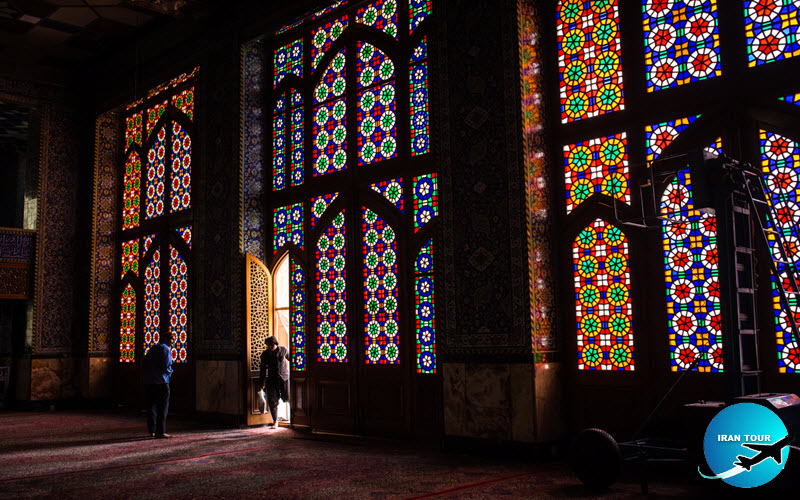 |
The History Behind the Word "Yazd” (Word History)
Yazd is an ancient word that originates from the words "Yasht", "Yazt" or "Yasn", meaning worshiping, praying, and God. Some historians believe Yazd was founded by Alexander as a prison and it was called "Yazd" afterward. Some other historians say Yazd was founded by Yazdgerd, the king of the Sassanid dynasty, and named after him, "Yazdangerd", and the word Yazd is derived from "Yazdangerd", meaning sacred, fortunate, and worthy of praise. The Greek historians call Yazd "Isatis", which came into being ofter the foundation of the ancient city of "Kese". After the people had been converted to Islam, the city of Yazd was nicknamed "Dar Ul-Ebade".
- Details
- Category: Yazd Tourism











